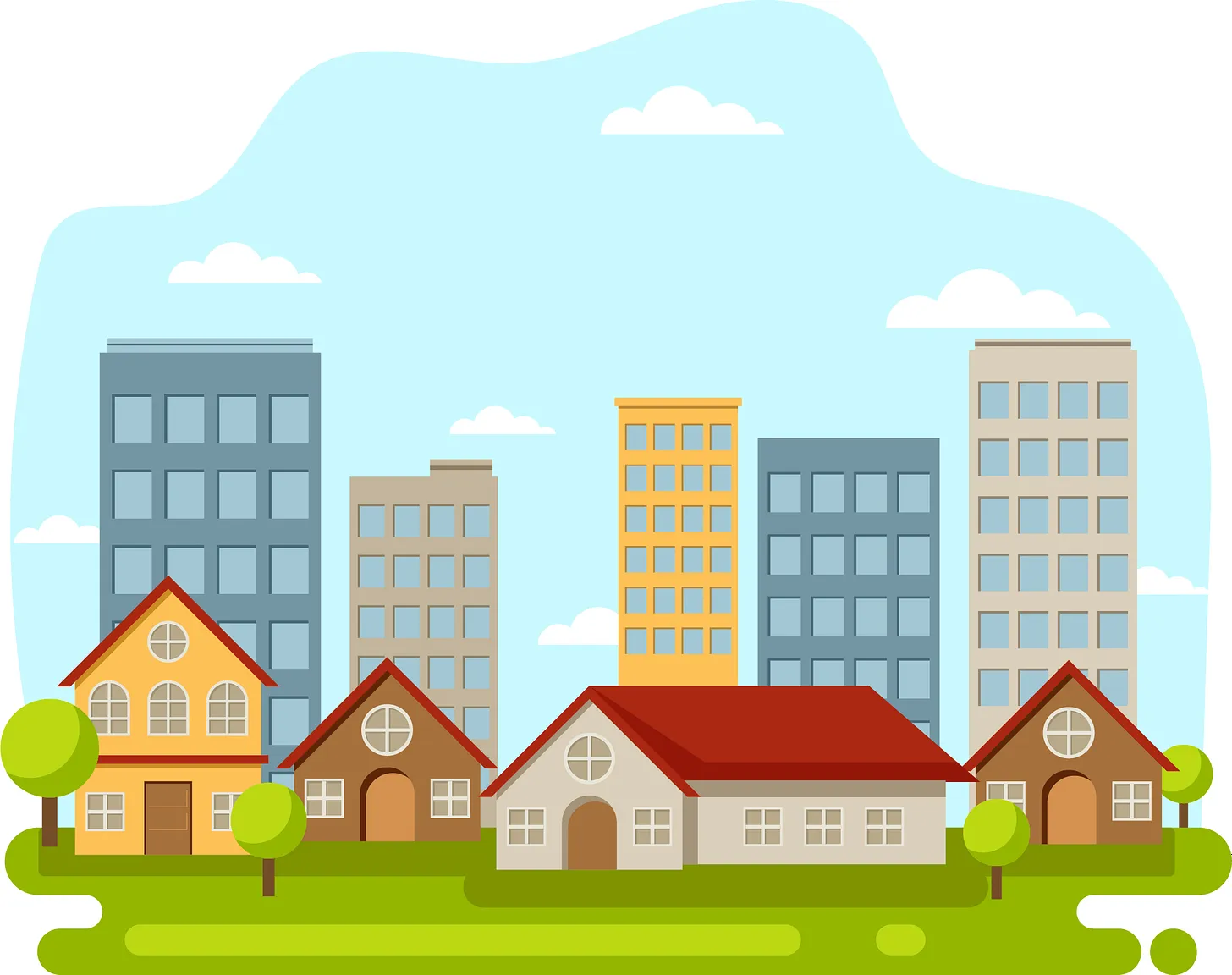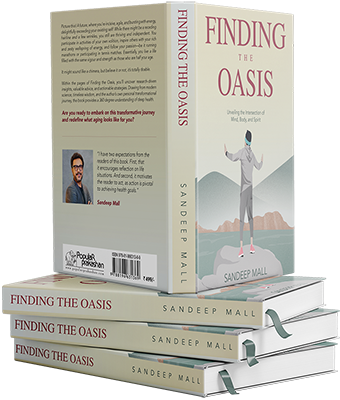Enhance Well-being and Resilience through Environment Optimisation
A Guide to Creating a Positive Environment – Issue #104 (6 min read)

Your surroundings affect your well-being and resilience. The spaces you occupy, the people you interact with, and the stimuli you encounter daily can either nurture a sense of peace and fortitude or drain your energy and diminish your ability to bounce back from challenges. Positive surroundings, filled with supportive relationships and calming elements, can bolster your mental strength, helping you navigate life’s ups and downs with greater ease. Conversely, a chaotic or negative environment can exacerbate stress, hindering your capacity to cope and recover. Thus, being mindful of and optimising your surroundings is crucial for promoting overall well-being and building resilience.
Pause and reflect. Do an audit of your environment.
Layer 1: Your body. What’s on your body? What “environment” is created by the things you have on or close to you? The clothes you wear. The high heel of your shoes.

Layer 2: What’s near you? Consider what’s within arm’s reach in your surroundings. Think about the atmosphere shaped by these nearby objects.

Pause and look at the items surrounding you. You might see a warm cup of coffee, headphones, eyeglasses, a computer, or a cherished book.
Some objects might act as sources of distraction or stress. Think of a television broadcasting distressing news or a phone filled with work notifications.
Conversely, some items uplift and rejuvenate. This might be a healthy smoothie full of fresh ingredients or the warm company of a pet resting by your side.
Layer 3: Your home. Did you notice a change in your mood or outlook after redoing your bedroom, living room, or office, or perhaps applying a new paint colour? Our environment’s visual and sensory signals can deeply influence our emotions.

Elements like lighting, windows, ventilation, room dimensions, wall shades, floor types, building design, and decorations shape a space’s mood and sway our feelings.
Which items in your room bring you calmness? Which ones cause stress? A serene and restorative sleeping environment can make us feel mentally refreshed, setting us up for success the following day.
Layer 4: Your colony/apartment complex. Living in an isolated countryside or a spacious suburban area contrast sharply with dwelling in a compact apartment with thin walls

While we can shape some facets of our environment, others remain outside our total influence. Think of an elderly individual struggling with mobility. They might have lived comfortably in their home for years, but certain sections might become unreachable due to stairs.
Safety also matters immensely. In severe situations, some might live in fear within their own homes due to abusive or violent cohabitants. More common safety issues might include undrinkable water, persistent noise from street dogs at night, or a basement accumulating harmful debris over years. The nature of our surroundings, like the proximity to parks and conveniences, can influence our stress levels and well-being, distinguishing a tranquil setting from a noisy downtown district.
Layer 5: Your community. Our social environment includes our family members (who might live in the same home) and even extended family (who might be farther away). But it also includes the people in our community who we see regularly, and who have a large influence on our behaviour within that community.

Think about how you interact with the people in your own community. For example:
Do people on the street say hello, or ignore you?
Do you feel like you ‘fit in’ or are ‘seen’ in the ways that matter to you?
Can kids play outside with everyone keeping an eye out for them?
Layer 6: Your State and Country. Every region or nation possesses its own set of laws, regulations, institutions, and established procedures.

These directly influence our overall health resources and individual abilities. How efficient is the sewage system? Is tap water readily available for drinking, or is there a reliance on water tankers? How effective is the law enforcement? What are the policies regarding pollution? Is the existing infrastructure dependable?
As pioneering researcher Robert Bullard says: “You tell me your zip code, and I can tell you how healthy you are.”
Layer 7: The World. The COVID-19 pandemic highlighted a crucial realisation: global events can swiftly touch everyone, no matter their age, place, or profession. The growth of technology and digital communication has intensified our sense of unity, enabling us to instantly share human experiences, both joyful and challenging.
This unity subjects us all to significant pressures like pandemics, global warming effects, and violent conflicts. Yet, it also means we each have the capacity to make a meaningful positive (or negative) mark on the world.
For example, you might back international causes that resonate with you through donations, volunteer work, or mentorship. Environmentally mindful actions such as recycling or cutting carbon emissions are also choices you can make. Merely speaking up in support of others can make a significant difference.
While many might feel powerless over world politics, extensive climate change, or a neighbour’s disruptive early morning routines, we all have the agency to tweak our immediate surroundings to enhance our rest, resilience, and overall well-being.
Pause & Reflect:
How does your current environment support or hinder your personal growth and stress levels? This question asks you to assess how your environment (which could include your home, workplace, or city) affects your personal development and stress. Do the elements of your surroundings encourage you to learn, grow, and stay calm, or do they create obstacles and stress?
What aspects of your environment would you like to change to foster a more positive impact on your wellbeing? This question invites you to consider what changes you could make to your surroundings to improve your mental or physical health. This could involve changes to the physical layout of your space or to the routines and relationships associated with it.
Can you identify any specific environmental triggers for stress in your life? This question asks whether there are specific parts of your environment that consistently cause stress. This could include physical clutter, noise, a hectic schedule, or strained relationships.
All illustrations are by Kratika Singhal
All illustrations are by Kratika Singhal




